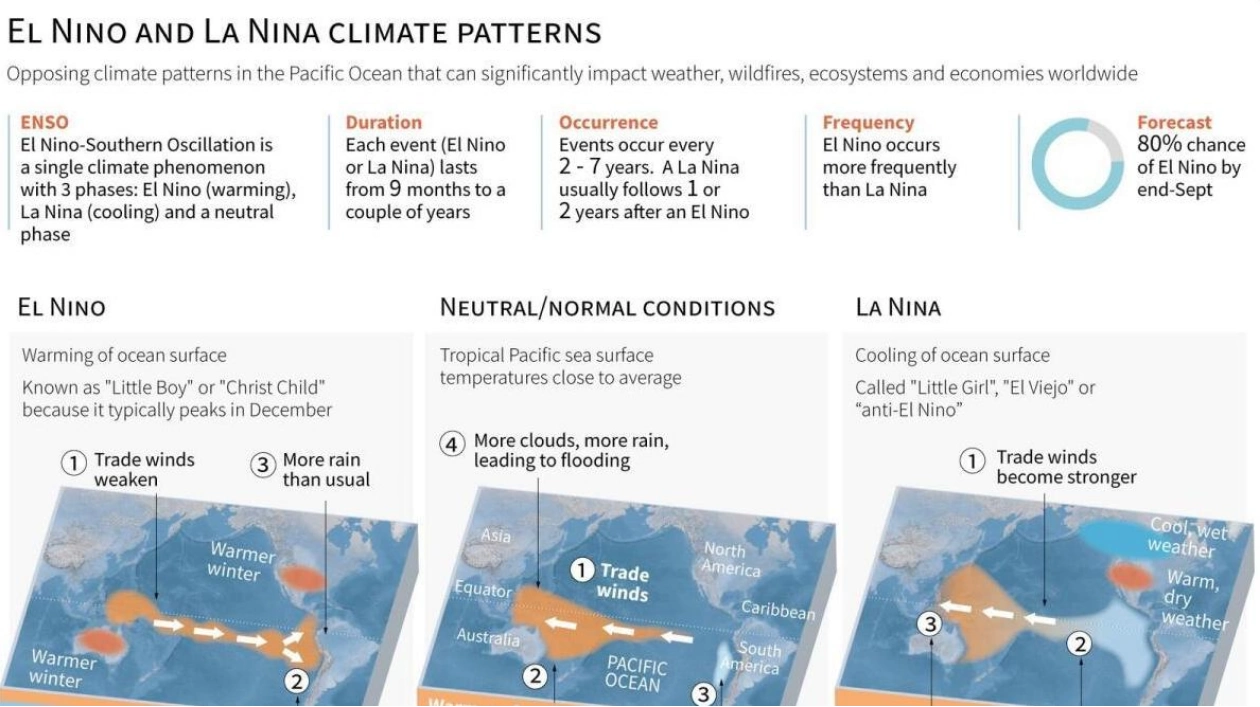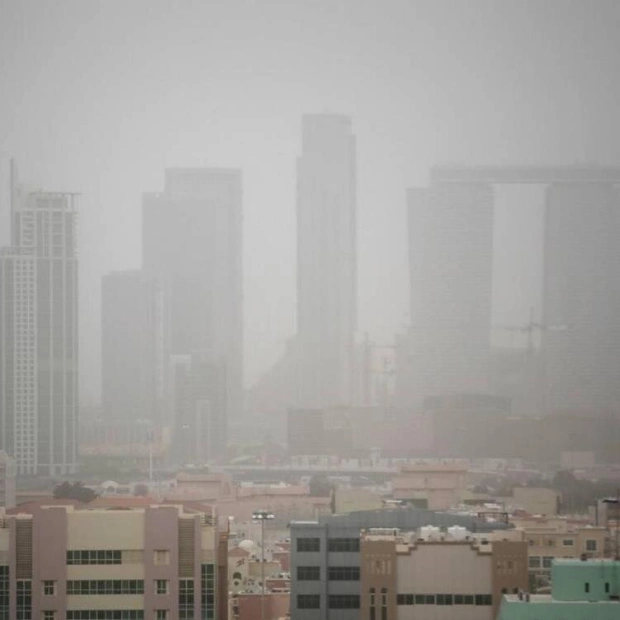The cooling weather phenomenon known as La Nina may emerge in the coming months, but if it does, it is likely to be too "weak and short-lived" to significantly impact the soaring global temperatures, according to the United Nations. The United Nations' World Meteorological Organisation (WMO) stated in its latest update that there is currently a 55% chance of La Nina conditions developing by the end of February. The organisation also noted a similar likelihood of the phenomenon occurring between February and April.
Earlier this year, the WMO expressed hope that the return of La Nina would help lower temperatures slightly after months of global heat records, which were partly fueled by the warming El Nino weather pattern. El Nino had gripped the planet for a year from June 2023. However, WMO chief Celeste Saulo cautioned in Wednesday's statement that a possible La Nina would have little impact following a 2024, which is expected to be the hottest year on record.
"Even if a La Nina event does emerge, its short-term cooling impact will be insufficient to counterbalance the warming effect of record heat-trapping greenhouse gases in the atmosphere," Saulo said. "Even in the absence of El Nino or La Nina conditions since May, we have witnessed an extraordinary series of extreme weather events, including record-breaking rainfall and flooding, which have unfortunately become the new norm in our changing climate."
La Nina refers to a naturally occurring climate phenomenon that cools the ocean surface temperatures in large areas of the tropical Pacific Ocean, accompanied by changes in winds, rainfall, and atmospheric pressure. In many regions, especially in the tropics, La Nina produces climate impacts that are opposite to those of El Nino, which heats up ocean surfaces, leading to droughts in some parts of the world and heavy rainfall in others.
While both La Nina and El Nino are natural climate events, the WMO emphasised that they are occurring within the broader context of human-induced climate change. This change is increasing global temperatures, exacerbating extreme weather and climate conditions, and impacting seasonal rainfall and temperature patterns.
Source link: https://www.khaleejtimes.com






